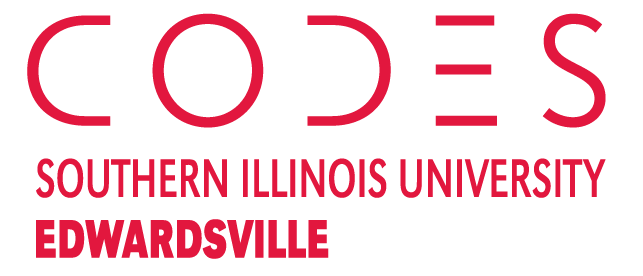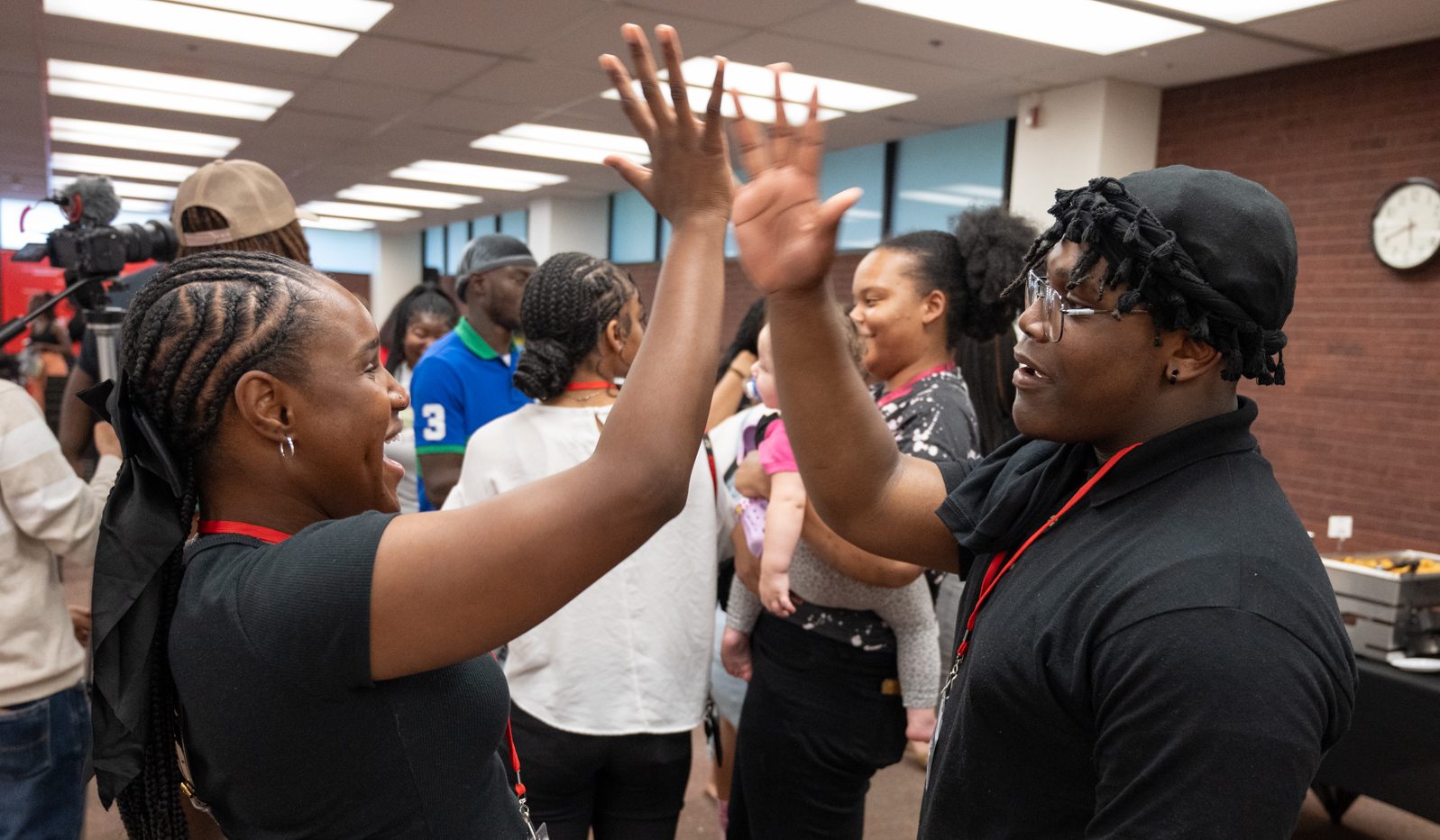How Contract/Portfolio Grading Works
A learning contract is a document where you articulate the goals you have for the semester, what you’ll do to achieve them, and how both you and I will know whether you’ve been successful. In CODES courses, we use contract grading to give you more ownership over the goals you want to achieve in class and in the program, and to help you reflect upon and assess your learning.
You get to decide what grade you want. If you want to put in the effort for an A, you can do so, if you’ve already decided that a B is your goal, you can plan to achieve it. I won’t be assigning you numbers or letters, but rather will be giving you written feedback both in and outside of class about your work. In the CODES program, we want to invite you to take risks, learn from failures, and see how what you learn in one class relates to all the others and to your work with our community partners. We believe portfolio learning is the best way to help you do that work.
Overview of Expectations
When I examine your contract to determine whether your goals and your plans to meet them match the grade you’ve contracted for, I’ll have the following base guidelines in mind:
| A Work | B Work | C Work |
| -Misses few classes or completes make-up work -Annotates all readings -Makes substantive weekly comments on discussion board -Makes weekly in-class comments about reading -Completes all assignment -Collaborates equally and effectively | -Misses few classes or completes make-up work -Annotates most readings -Makes weekly comments on the discussion board -Completes all major assignments Collaborates with others | -Misses several classes without make-up work -Completes most readings -Makes less than the required weekly comments on the discussion board -Comments in class on occasion -May miss a major assignment or meet minimal expectations on all assignments -Does not effectively collaborate |
Steps in the Learning Contract/Portfolio Process
- Writing Your Goals: You’ll choose five of the CODES Learning Outcomes you want to focus on for class this semester. Before you begin, look over the syllabus, paying special attention to the course description, the objectives, assignments, and schedule. Some parts of these documents might be confusing because you are just beginning to learn about them, but do your best to describe where you want to focus your energies. Find as many ways as possible to adapt your responses to your own interests and major. For each class, you should choose different outcomes (some class may have ask you to choose specific outcomes, for example, CODE121 makes you choose at least two goals from the writing category, one goal from public speaking, and one goal from reading). Rewrite the outcomes into goals using your own language. Write a one-page reflection explaining why you’ve chosen these specific goals and what is significant about how you’ve rewritten them.
- Setting up your Contract: You can either use the chart linked at the bottom of the page to format your contract or you can write your contract in the form of a letter. Choose what options best suits your brain and how you make sense of things. Add your contract to your ePortfolio on the “contract” page for the course.
- Writing your Contract: Your contract, in either chart or letter format, should include: 1) your personal goals 2) what actions you will take to achieve your goals, 3) what you plan to submit as artifacts of your learning demonstrating your work toward your goals, and 4) How we’ll both know you’ve met your goal, 5) the weight each goal should have for your overall grade, and 6) the grade you would like to earn this semester. Here is a sample of a learning contract formatted as a chart and here is one formatted as a letter.
- Contract Meeting: You and I will meet to talk about your goals, whether they match the grade and the rigor required of the course, and what you might want to revise. You. can still revise your contract throughout the semester as your ideas and plans shift; that’s okay!
- Setting up Your Portfolio for Class: At the same time yo write your contract, add your goals and their weights to your portfolio page for the course. You can begin adding artifacts to this page that demonstrate your learning right away!
- Midterm Portfolio: At midterm, write the reflection for your portfolio page in which you talk about your growth during the first half of the semester along with plans for the second half of the semester. Include at least one artifact for each of your five goals. If one of your goals is weighted more heavily, you should have more than one artifact for it. Your artifacts shouldn’t just be a download of an assignment, but should instead point out specific work you did or specific growth you’ve experienced. For example, you might highlight revisions in a paragraph between the first and second drafts. Be sure to include reflection under each paragraph about how it demonstrates your progress toward your goal. I will give you an approximate letter grade based on what you contracted for and how well your ePortfolio demonstrates growth in your learning goals.
- Final Portfolio: You will revise add an end-of-term reflection to your midterm ePortfolio page and add additional artifacts showing your work during the second half of the semester. We may meet again to discuss your development if necessary, and I will assign a final letter grade based on the grade you contracted for and how well your digital portfolio demonstrates your growth in your learning goals.

